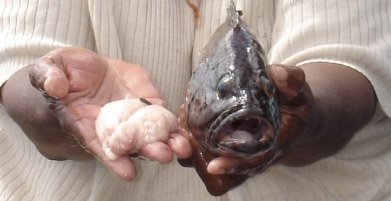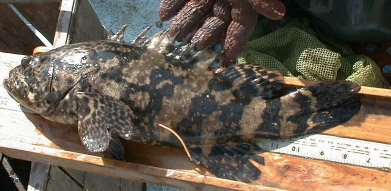The SCRFA Board has a particularly strong scientific and management profile. We believe that conservation and management cannot be successful in the long-term without a sound scientific basis.
We aim to substantially improve general understanding of the biology and ecology of aggregating species, how fisheries interact with them, and what are the possible approaches for achieving healthy fisheries. This includes developing methods of biological study and means of monitoring the species and their fisheries, a highly challenging field.

To address this unique challenge, we have developed tools that provide guidelines or protocols for monitoring the numbers of fish in aggregations. This is not as easy as it sounds; imagine trying to count thousands of moving fish in a single day, the numbers changing every day of the aggregation which itself only lasts a few days in the month and may occur in deep waters where there is a lot of current, often in remote locations. the usual underwatervisual counting methods often cannot be easily applied so new methods have to be developed and tested. Logistically aggregatations can be difficult and expensive be monitored. These methods continue to undergo refinement.

We have been working extensively in Fiji and Palau to test some of the methods developed and use them to establish a profile of aggregations in existing marine protected areas. The information not only provides a baseline to see how effective the management is, but also providesimportant information on the number of fish present, the species, the timing of the aggregation, etc., all information of value to the fishery and local conservation efforts andwhich helps communities understand the overall value of aggregations to their local fishery.